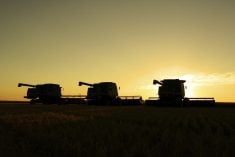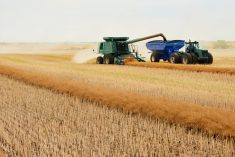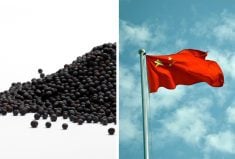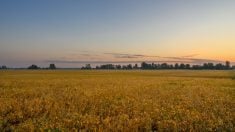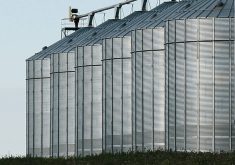SOUTHWEST
Rainfall again limited harvest progress, and many fields remain too wet to access.
Acres remaining to be harvested include about 20 percent of the canola crop, five percent wheat, 30 percent soybeans, 30 percent flax and almost all sunflowers and grain corn.
Most first and second cut alfalfa yields were above average with below average quality.
NORTHWEST
The spring wheat harvest is basically complete, but canola, flax and soybean fields remain unharvested with hemp just beginning.
Only 30 to 40 percent of corn silage has been harvested because of wet field conditions.
Read Also
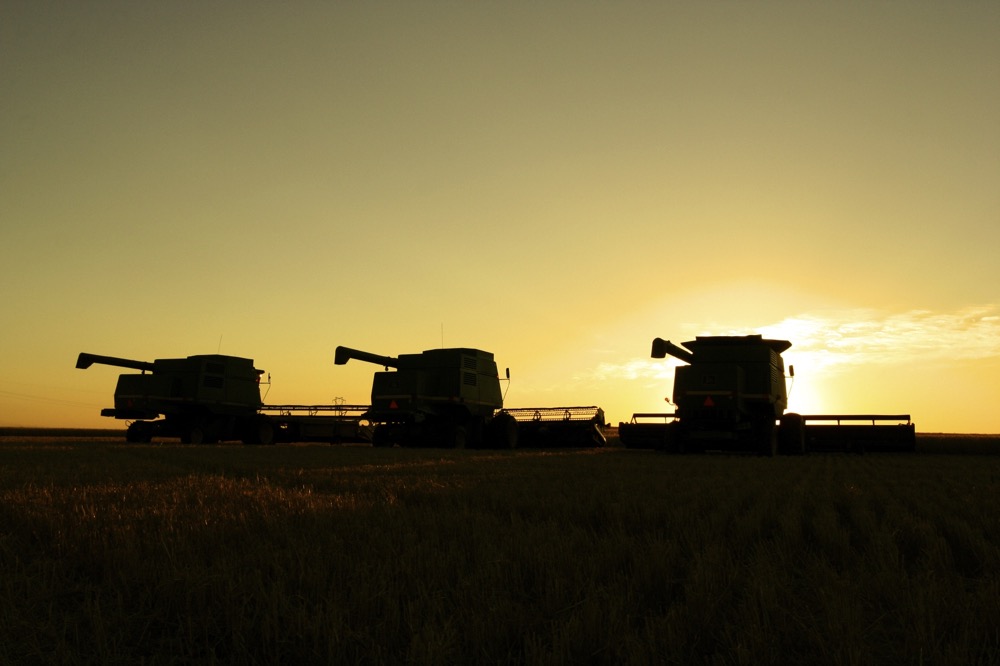
Saskatchewan Crop Report: Harvest nears completion
Saskatchewan’s harvest was 98 per cent complete as of Oct. 13 before rain and snow fell onto some regions.
Higher quality feed may need to be sourced because most alfalfa grass forage is testing below average.
CENTRAL
Precipitation ranged from two to 20 millimetres and has caused on-going delays.
Soybean and corn silage harvest is close to completion, while sunflower and grain corn harvesting continues.
Second cut hay is better quality than the first, and in some areas there will be a shortage because of wet field conditions.
EAST
Rainfall accumulations were about 10 millimetres or less, along with light frost. Nighttime temperatures are getting as low as -2 to -4 C.
The soybean harvest is 85 percent complete, corn is 15 percent complete and sunflowers are about 25 percent complete.
Straw supplies are rated as 50 percent adequate and 50 percent inadequate while supplies of greenfeed and feed grain are adequate.
INTERLAKE
Scattered acres of canola and spring cereals remain to be harvested, but crops to be harvested include soybeans, sunflowers, corn silage and alfalfa seed.
Tillage continues, and the second pass is occurring in many areas.
Pasture growth is fair to good. Some pastures are grazed off and cattle are being moved to hay fields.


